World’s first 3D-printed concrete home ready for occupancy
3D printed concrete bridges aren’t new, but an actual home? A place where you can live comfortably and that complies with all modern building regulations? That has never been done before, TU/e professor Theo Salet says proudly, as he strolls the construction site in the Eindhoven district of Meerhoven. Salet and his research group developed the technology and collaborated on the project known as Milestone with several parties, including construction company Van Wijnen and the municipality of Eindhoven.
On a spotless lawn stands a bungalow made of printed concrete instead of poured concrete. From the outside, it looks as if the Flintstone family could be living here: its corners are rounded and its shape is organic. The apartment’s interior is furnished in a comfortable and modern style, with a ribbed outer wall adding some atmosphere, as a reminder of the fact that it came off a printer layer by layer.
This is the first of five new 3D-printed houses to be built during the coming years in Bosrijk, the new residential location near the district of Meerhoven, where the Eindhoven municipality made room for the Milestone project. With each new house, the technology will have developed one step further.
Meanwhile, the first tenants of the world’s first 3D-printed concrete house can’t wait to move in. Artist Elize Lutz and her partner Harrie Dekkers were fortunate to have been chosen out of a large group of people who responded to an open registration from real-estate firm Vesteda. They will be handed the keys to their new apartment on the 30th of April, after which they can move in for a period of six months. If it’s peace and quiet they are looking for, perhaps they should reconsider: apart from the construction noises, they can expect crowds of design tourists wanting to take a picture with their house.
Continue reading below the photo.
Bitter necessity
Theo Salet, professor of Concrete Structures and dean of the department of the Built Environment, is proud of the knowledge his group – with the hard work of two PhD candidates and twenty Master’s students – has developed and managed to transfer to the industry. “This house was printed by materials manufacturer Saint Gobain Weber Beamix, provider of concrete mortar, which built its own printer.”
And that collaboration with the industry and the municipality is what’s so vital, he stresses. “This isn’t about the personal ambition of a professor who wants to build a 3D-printed concrete home, but about innovation that contributes to reform of the construction industry.”
A reform that Salet deems a “bitter necessity.” Salet: “Our country will be faced with an extremely difficult task during the next few decades. We need to build one million homes, and we also need to make 7.5 million homes drastically more sustainable before the year 2050 – that’s one thousand a day! In addition, the infrastructure from the 1960s and 1970s is heading towards the end of its design life in the course of the next fifteen years.”
The productivity of our country’s construction industry clearly needs to grow, and not just piecemeal. Continuing with the current construction techniques, or developing or industrializing the current method is not the answer. The only solution is to say goodbye to the old and to have the courage to choose for true innovation: digital technology and robotics.
Mission-driven
True innovation doesn’t come automatically, “but if it can happen anywhere, then it will be here in the Brainport region,” Salet says resolutely. He refers to the moment when the three parties – construction companies, municipality and TU/e – looked each other in the eye and said: we don’t know how yet, but things have to change. “That leads to a mission-driven collaboration, starting from the principle: we know that we’ll fail a few times at first, but quitting is not an option.”
The municipality provided the testing ground in Meerhoven, and the industry decided to invest in a technology that has the potential to become profitable. The fourth partner is Vesteda, which buys and rents out the houses, and provides input regarding the interests and wishes of future residents.
Continue reading below the photo.
Men with tattoos
Since robots can work 24/7, 3D printing will eventually seriously boost productivity in the construction sector. And because that same robot carries out the heavy work, it will also help solve the problem of personnel shortage. Construction sites will no longer be the exclusive domain of men with tattoos, nor will workers have to quit prematurely due to physical ailments such as a worn out back, Salet says.
Printing is also more sustainable than pouring concrete because it can be used to customize a product, which reduces the amount of concrete by up to fifty percent, Salet estimates. “The production of cement, one of the components of concrete, contributes 5 to 7 percent of global CO2emissions. A reduction of concrete – which is a perfect option for construction – is a quick win.” In addition, several groups within the department of the Built Environment are currently collaborating on the development of a more sustainable concrete.
Working with a concrete 3D printer on a large scale does however require a shift in thinking. “What you can’t do is start with a design and then print it in concrete. First, you use the possibilities offered by the printer and the printable concrete, then you develop a flexible construction element based on that, after which you use that to design, or actually compose, homes.” Mass customization, that’s how Salet calls it: a multitude of designs, adaptable to the wishes of residents, that spring from one single building block.
The first Milestone house, incidentally, did in fact start with a design drawing. “As far as I’m concerned – but we consultate on everything – we’ll design the second house based on the elements the printer can make.” Salet also wants to integrate a clicking system in the construction elements, so that the house can be dismantled again. The separate parts of the first house were pasted together.
Continue reading below the photo.
Plum pudding
The process that resulted in the first Milestone house took much effort and time from all parties involved. “My very own North-South metro line,” Salet says with a smile. The actual printing of the house only took a week, he estimates, but that’s just one small part of a long road fraught with obstacles.
“Guaranteeing a constant quality, for example, took a lot of energy. Concrete reacts to absolutely everything: temperature shifts, moisture, wind in the factory hall.”
The group currently investigates how the quality of the concrete can automatically be kept constant, but “the algorithms you need to analyze all those factors are extremely complex.” Concrete may look rather unrefined, but it’s actually very high tech, Salet assures. “Ideally, you apply feedbackloops that can make adjustments to the concrete’s composition even as it reaches the printer’s nozzle, with larger of smaller quantities of water and admixtures. You can only do that with artificial intelligence.”
Layer adhesion also took a lot of thought. A proper adhesion is one of the factors that makes sure that the material is isotropic, meaning that it has the same material properties along all directions, and that it reacts to forces from above and sideways in a similar fashion.
The fact that concrete reacts to all weather conditions makes the idea to print an entire house on site rather challenging. “You don’t want everything to collapse like a plum pudding.” But printing in a factory also had a disadvantage: “The transportation of the elements to the construction site was a project in itself.” That is why they decided to try it after all, during the construction of one of the next houses, so that they will learn from this experience as well.
Continue reading below the photo.
The material formerly known as concrete
Concrete may be difficult to work with, but it’s ideal material at the same time. That’s because you can add several characteristics to it. The endless parade of “vans” that carry out the finishing after construction is completed will soon be a thing of the past, as far as Salet is concerned. Because pipes, for example, will have already been printed in the concrete.
Or think of adding a thread of strong material to the printed concrete that takes care of reinforcement. You could print a structure in the wall that makes the acoustics in a room more pleasant. Materials for insulation and heat storage can be incorporated in the walls. Researchers are even looking into self-sensoring nanomaterials and self-healing bacteria that can detect and subsequently repair cracks in the concrete. That boring, grey concrete has quite a lot to offer. “The material formerly known as concrete,” Salet says, referring to the artist Prince.
But that’s still some way off. What is certain though, is that the second home of the Milestone project will have an extra floor. In terms of characteristics – such as mass, use of material, construction tempo, environmental impact – the current home is at the level of an average home. Salet: “It’s there, we finished a home for the first time, and now we can continue! This is the starting point from which we will continue to develop. There are still so many possibilities.”
How does one become a professor of concrete?
Theo Salet (1962) studied at TU/e’sdepartment of the Built Environment in the first half of the eighties, where he subsequently performed his doctorate research on the constructive behavior of insulation materials. For this purpose, he developed a very lightweight concrete variant.
Salet further specialized in this material and proved himself highly capable of calculating the effects of temperature, moisture and stress on the tensions in the material. When he left the university to work in industry, he travelled to Canada and Scandinavia. There, he worked on the construction of several large bridges, including the one between Denmark and Sweden, known from the television series The Bridge.
In 2012, next to his position at Witteveen+Bos, he was appointed part-time Professor at TU/e. He was appointed full-time Professor and Dean at the Department of the Built Environment in 2019.
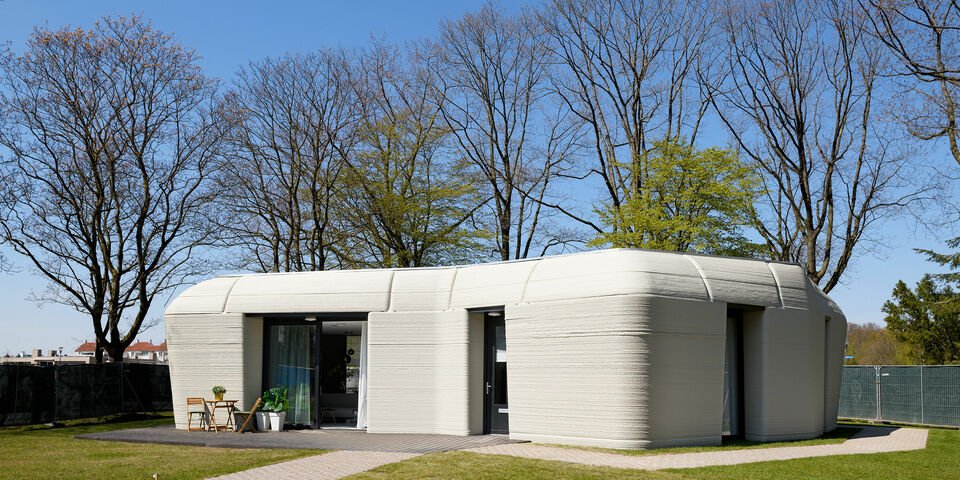

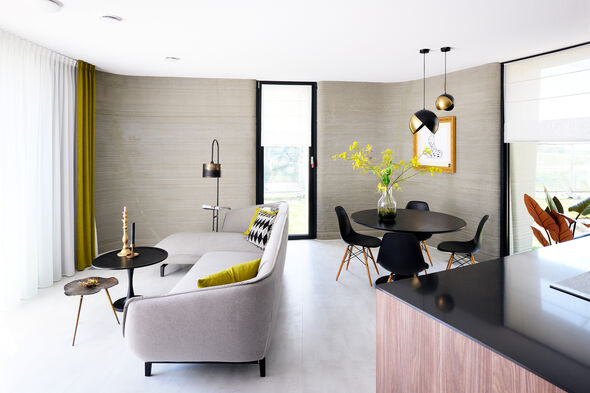
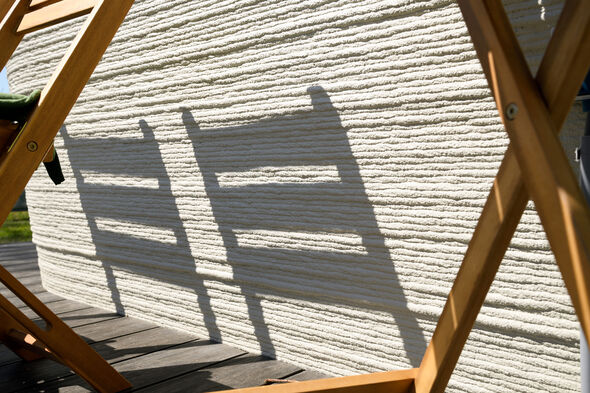
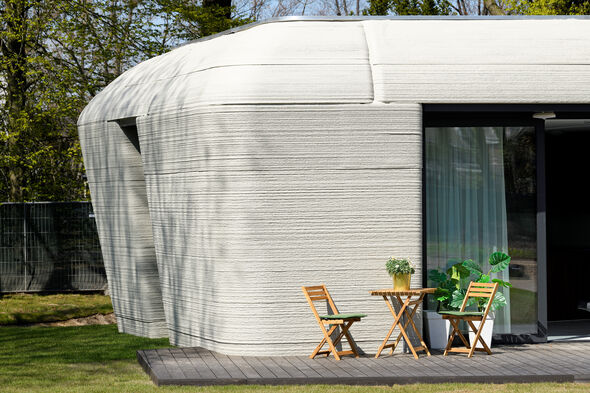
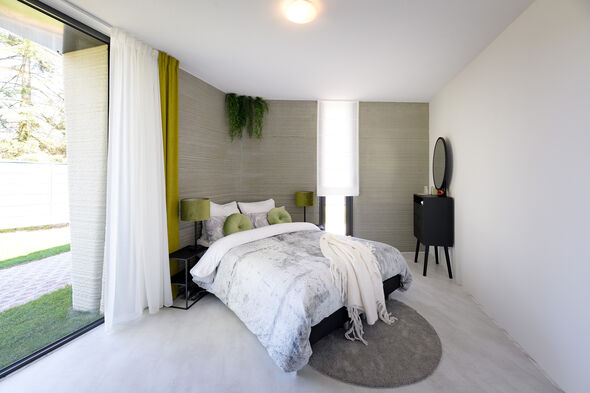
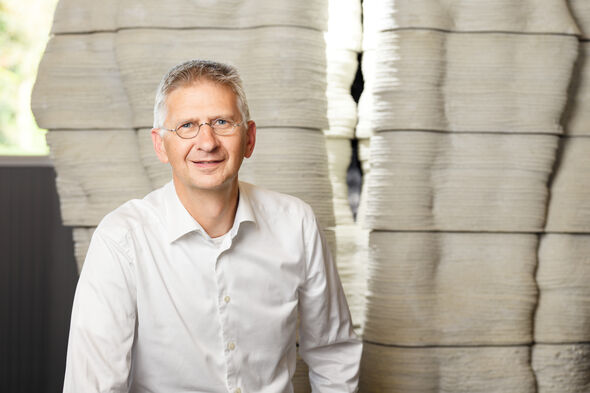
Discussion